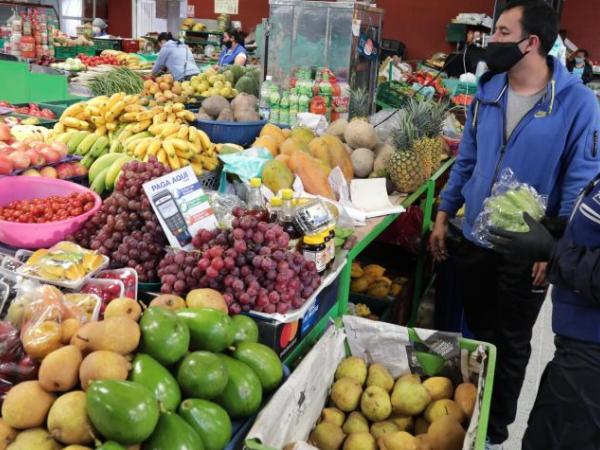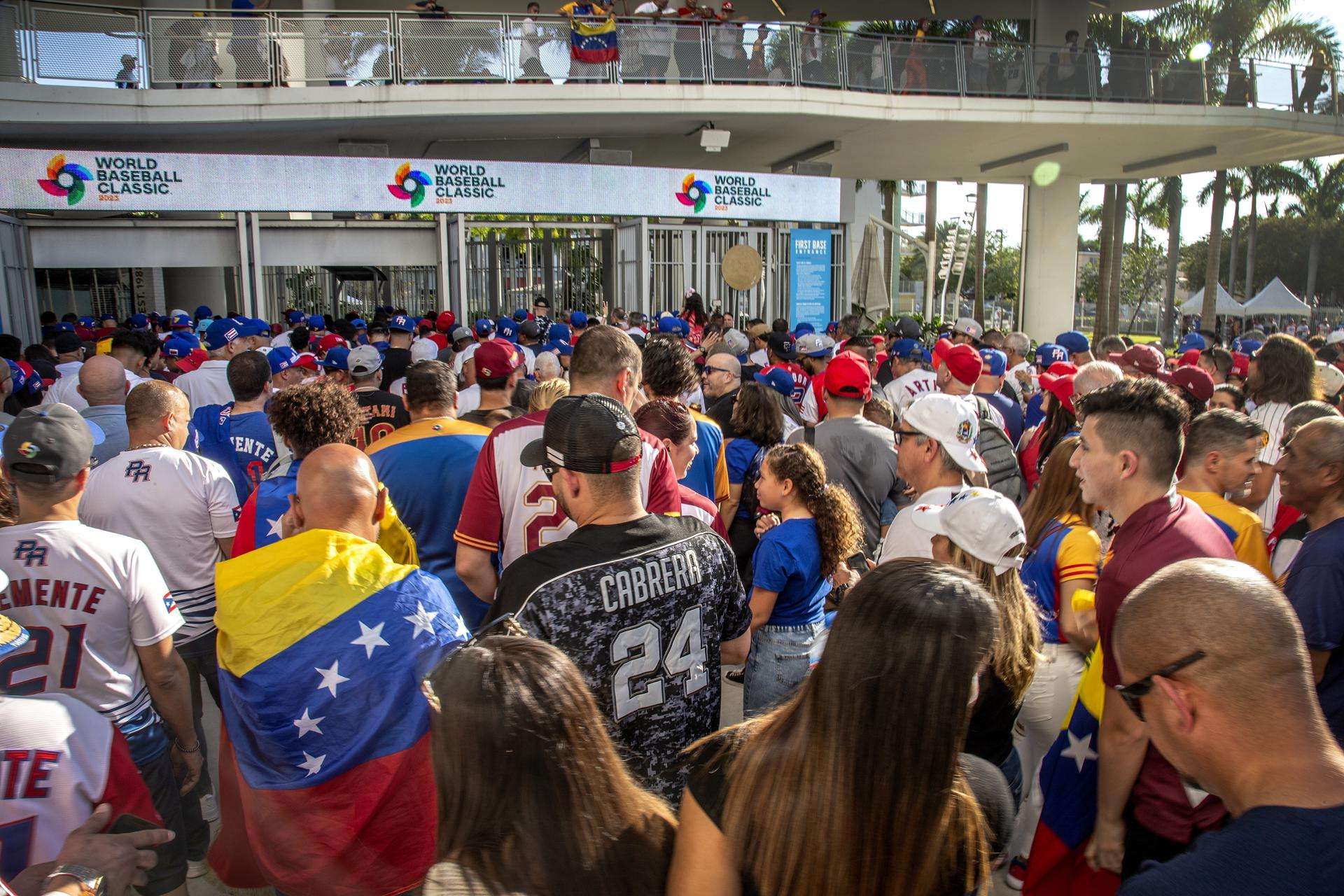The inflation rate of 13.3% in Colombia is the result of a combination of factors, such as the pandemic, the change of government, unemployment, the global economic situation, the war between Russia and Ukraineamong others.
This has led to negatively affect the pockets of Colombian households, especially those who are in disadvantaged situations. This has led the population to have to ‘do magic’ with their finances in order to survive.
(The country’s GDP aims to grow 0.7% in 2023, according to BBVA Research).
“ANDt is clear that inflation is the problem that is affecting Colombians the most today and that is why they are taking measures. Very few people are taking a single measure, several of them are doing a combination, but the least they are being able to do is renegotiate debts and get new income”, he explained César Caballero, Manager of Figures and Concepts, to the newspaper EL TIEMPO.
According to him National Administrative Department of Statistics (Dane)the inflation rate with which Colombia closed the month of February is the highest registered since 1999, however, the Minister of Finance, Jose Antonio Ocampoassured that this economic factor “has already reached its ceiling” and that it will begin to decrease as the year goes by.
(Labor reform: the modifications that would be made to the project).
According to a survey of polymetric made by Figures and Concepts, 64% of Colombians are looking for a way that inflation does not have a strong impact on their pockets. This represents an increase of three percentage points compared to the last survey carried out in November 2022.
(February was a hard month in sales and with low confidence).
Of this group, 17% assured that they are implementing three measures, 15% only one, and 14% assured that they are considering three alternatives.
In terms of cost of living, 60% of the people surveyed said that they had to change supermarkets for another place, in favor of spending less money in the pantry of homes. The populations in which more people experienced these dynamics are, in order: Manizales (56%), Bogota (43%) and holy Martha (36%).
In the family basket section, 50% of those surveyed said they stopped buying some products from this set of basic products.
(These are the proposals to the Government to reduce energy prices).
The same way, 52% of the people surveyed said that they have preferred to reduce their departures from home. This factor is predominant in Villavicencio (66%), Medellin (47%) and Cali (16%).
This is supported by the increase in prices in various sectors of recreation and tourism. According to figures from Dane, which indicate that there have been increases in fast foods (20.90%) and restaurant food (18.89%). Likewise, there were also increases in prices for trips to the cinema and theater (8.08%), services in bars and discotheques (8.50%), the tourist packages (18.02%) and the hotel accommodation (17.98%).
The purchase of clothing has also been affected, as this sector has also had an evident increase in the price of its products: men’s clothing had an increase of 9.45% in its value and hea of boys and girls has risen 6.51%.
In front of public services 49% of the Colombians who participated in the survey assured that they have lowered the consumption of thesethen, according to Dane, the cost of electricity has increased 19.51%, that of natural gas in 22.12%, that of drinking water 12.94% and that of sewerage 14.09%.
BRIEFCASE







